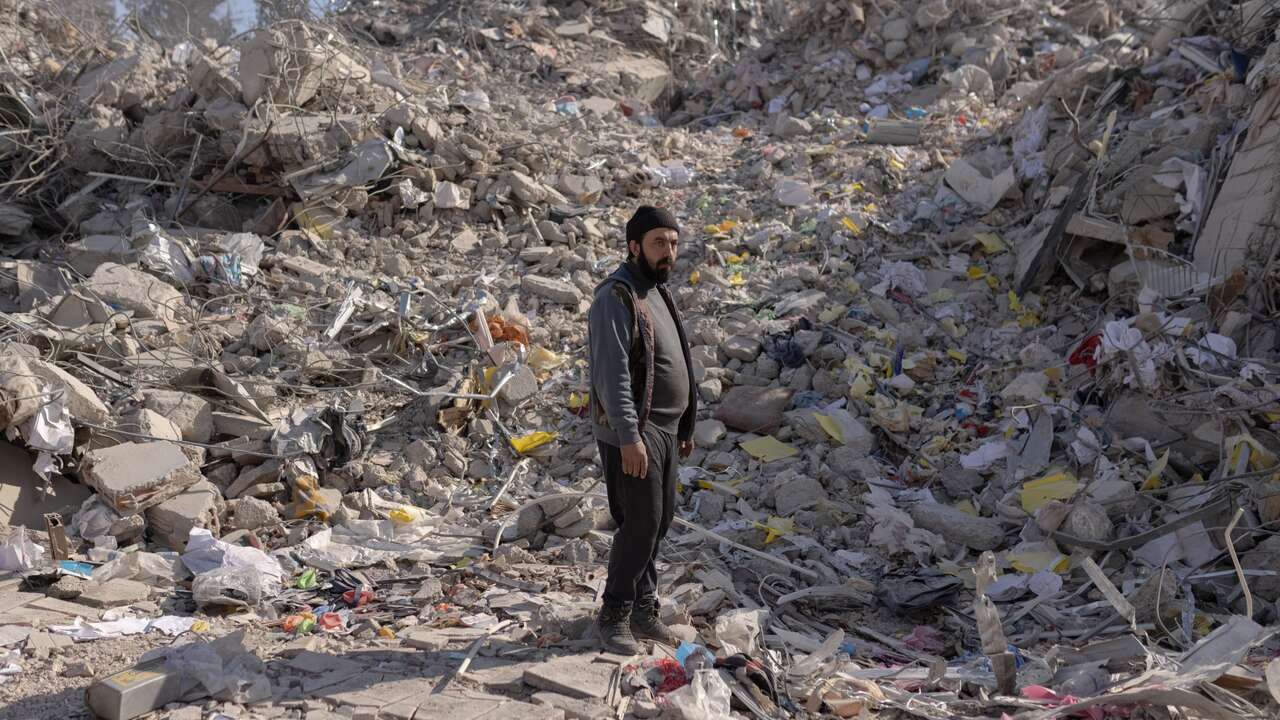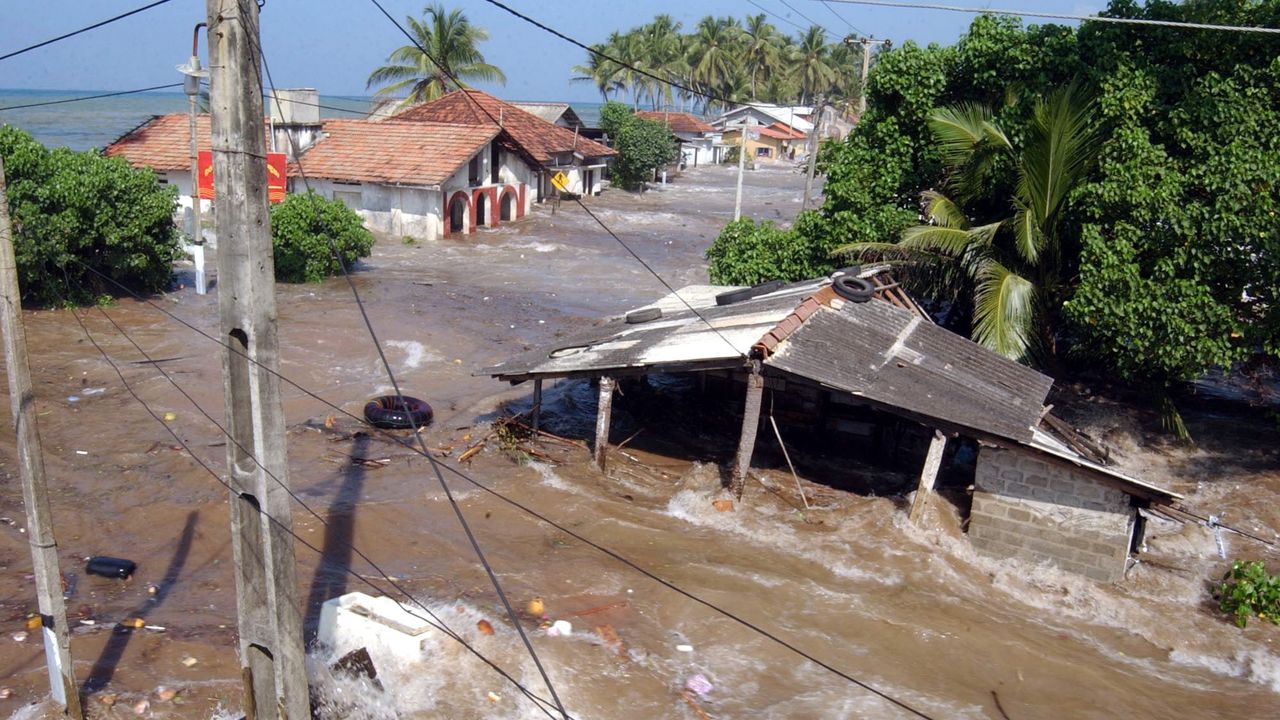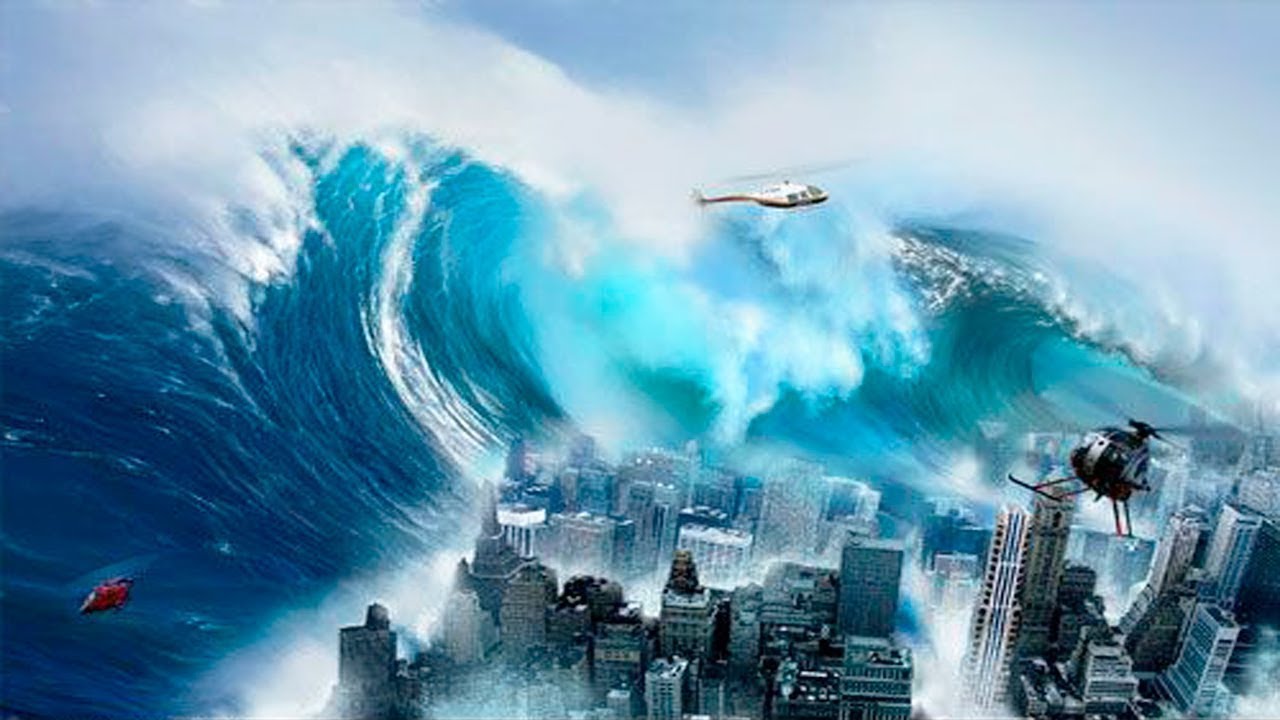The Earth’s crust has unleashed catastrophic quakes that reshaped landscapes and civilizations. These seismic events serve as humbling reminders of our planet’s raw power and humanity’s vulnerability. From ancient disasters that toppled empires to modern tragedies that changed engineering forever, these earthquakes left permanent scars on history.
Here are the 10 most devastating earthquakes ever recorded, their shocking impacts, and the lessons we’ve learned (or failed to learn) from them.
1. 1556 Shaanxi Earthquake (China) 🏯☠️
The deadliest earthquake in history struck China’s Shaanxi province with an estimated magnitude of 8.0-8.3. Cave dwellings collapsed en masse, killing 830,000 people—about 60% of the region’s population. The quake was felt across 500 miles, altering river courses and creating new valleys.
This disaster led to early seismic studies in China, including the invention of the first primitive seismoscope. Yet, similar cave dwellings are still used today in earthquake-prone regions.
2. 1976 Tangshan Earthquake (China) 🏗️💀
A 7.8 magnitude quake hit the industrial city of Tangshan without warning, killing 242,000-655,000 people. The official death toll was suppressed for decades—90% of buildings collapsed instantly, burying residents in their sleep.
This tragedy exposed China’s poor construction standards and led to major reforms in earthquake-resistant building codes. However, rapid urbanization has created new risks in Chinese cities.
3. 2004 Indian Ocean Earthquake 🌊😱
The 9.1-9.3 megathrust quake triggered the deadliest tsunami in history, killing 227,000+ people across 14 countries. Waves reached 100 feet high, wiping out entire coastal communities in minutes. Some islands were permanently shifted by the quake.
This disaster revolutionized global tsunami warning systems, but many vulnerable regions still lack proper evacuation plans. The “orphan tsunami” phenomenon showed how ancient quakes can leave clues in sediment layers.
4. 2010 Haiti Earthquake 🇭🇹💔
A 7.0 quake devastated Port-au-Prince, killing 160,000-300,000 in one of history’s deadliest urban disasters. Poor construction turned buildings into death traps, while landslides buried entire neighborhoods. The government collapsed, leading to years of chaos.
Haiti’s recovery has been hampered by political instability and corruption—a stark lesson in how disasters amplify existing vulnerabilities. Many buildings remain unsafe today.
5. 1923 Great Kantō Earthquake (Japan) 🗾🔥
The 7.9 quake destroyed Tokyo and Yokohama, killing 105,000-142,000. Fires raged for days, creating fire tornadoes that incinerated thousands trapped in open spaces. The disaster accelerated Japan’s militarization as blame fell on Korean immigrants.
This quake led to Japan’s strict seismic building codes, but also showed how disasters can fuel social unrest. Modern Tokyo remains at risk from a predicted “Big One.”
6. 1906 San Francisco Earthquake (USA) 🌉🔥
A 7.9 quake and subsequent fires destroyed 80% of San Francisco, killing 3,000+. Gas mains ruptured, creating an inferno that burned for days while firefighters dynamited buildings to create firebreaks.
The disaster birthed modern seismology and improved construction standards. However, the San Andreas Fault remains a ticking time bomb, with a 72% chance of a 6.7+ quake by 2043.
7. 1960 Valdivia Earthquake (Chile) 🌎💥
The strongest quake ever recorded (9.5) triggered tsunamis that crossed the Pacific, killing 1,000-6,000. The Earth’s rotation was slightly altered, and new volcanoes erupted. Some areas sank 10 feet permanently.
Chile’s strict building codes saved thousands, proving preparedness works. But coastal communities remain vulnerable to tsunami threats.
8. 2011 Tōhoku Earthquake (Japan) 🗾🌊
The 9.0-9.1 quake caused the Fukushima nuclear disaster and killed 15,899+. Tsunami waves reached 133 feet high, overwhelming sea walls. Japan shifted 8 feet eastward, shortening Earth’s day slightly.
This disaster exposed nuclear plant vulnerabilities and led to global reactor safety reforms. But many Japanese coastal towns remain at risk from future tsunamis.
9. 526 Antioch Earthquake (Byzantine Empire) ⚔️🏛️
This ancient 7.0+ quake killed 250,000+ in modern-day Turkey. The city never fully recovered, weakening the Byzantine Empire before Persian invasions. Contemporary accounts describe buildings collapsing during church services.
The disaster showed how earthquakes can alter the course of empires. Modern Antioch (Antakya) was again devastated in the 2023 Turkey-Syria quakes.
10. 1935 Quetta Earthquake (Pakistan) 🏔️💀
A 7.7 quake obliterated Quetta, killing 30,000-60,000—nearly the city’s entire population. The destruction was so complete that British engineers rebuilt the city 4 miles away on safer ground.
This quake proved relocation can save lives, but political and economic factors often prevent such measures today.
Final Thoughts 🌍⚠️
These earthquakes reveal a painful truth: we keep rebuilding in danger zones, gambling that “the big one” won’t come in our lifetime. While engineering has improved, population growth and lax enforcement have created new risks.
The next catastrophic quake isn’t a matter of if, but when. Will we heed history’s warnings—or will the ground betray us again?



